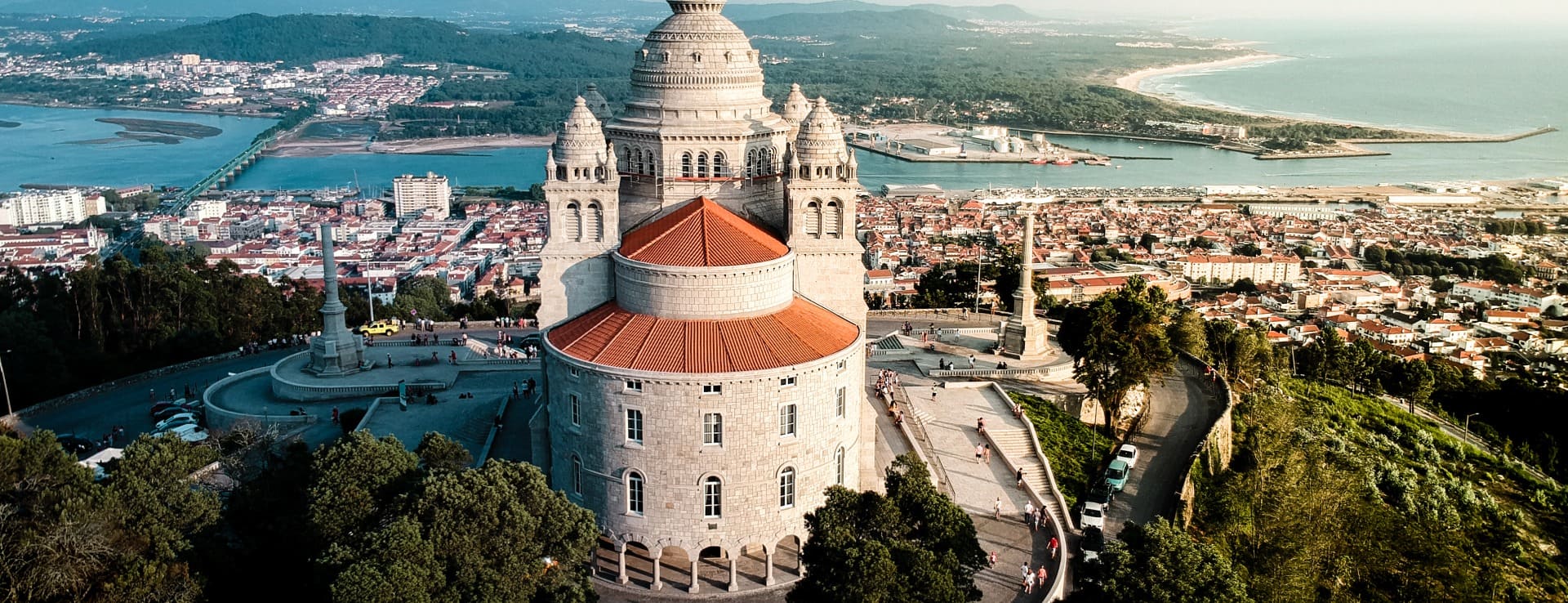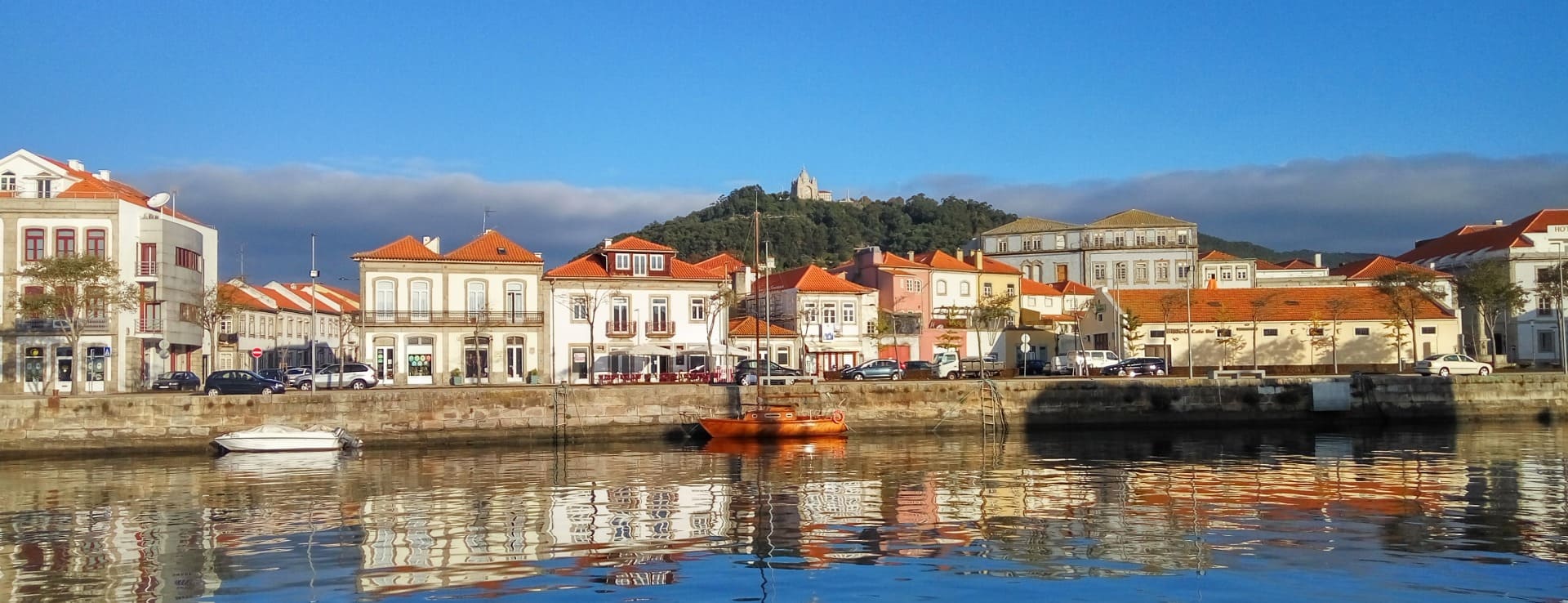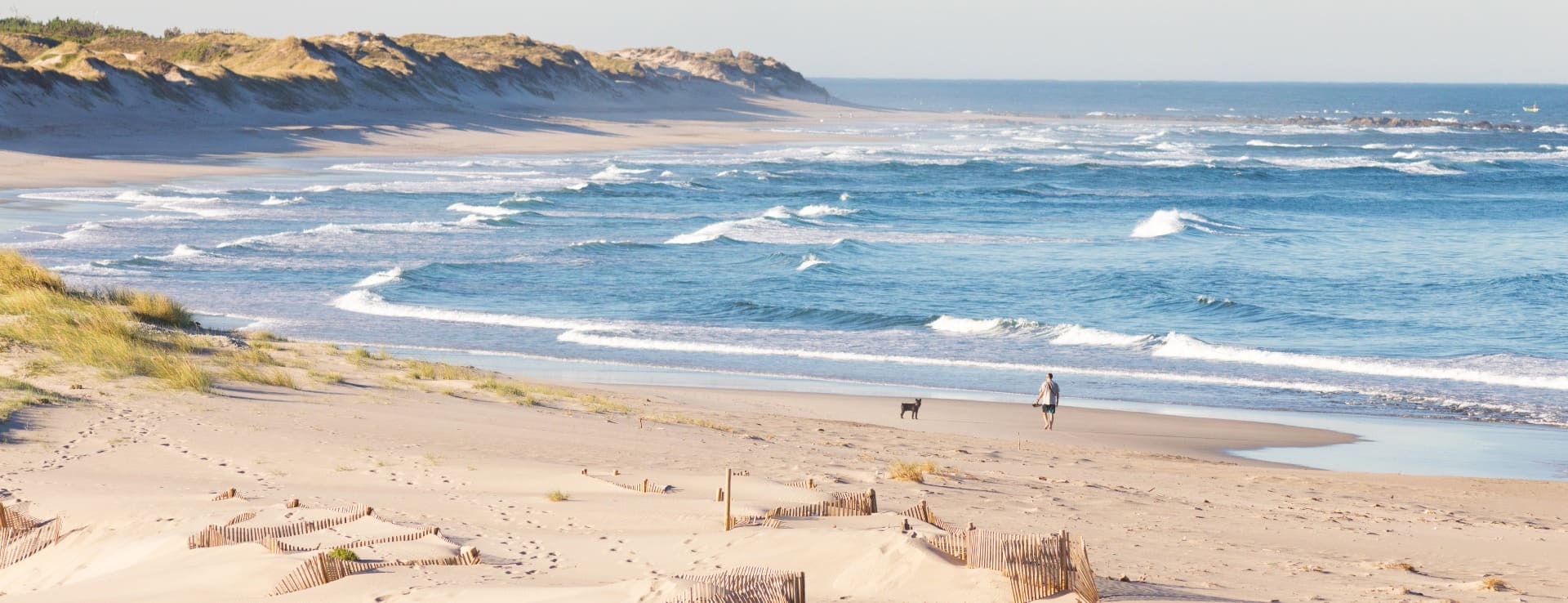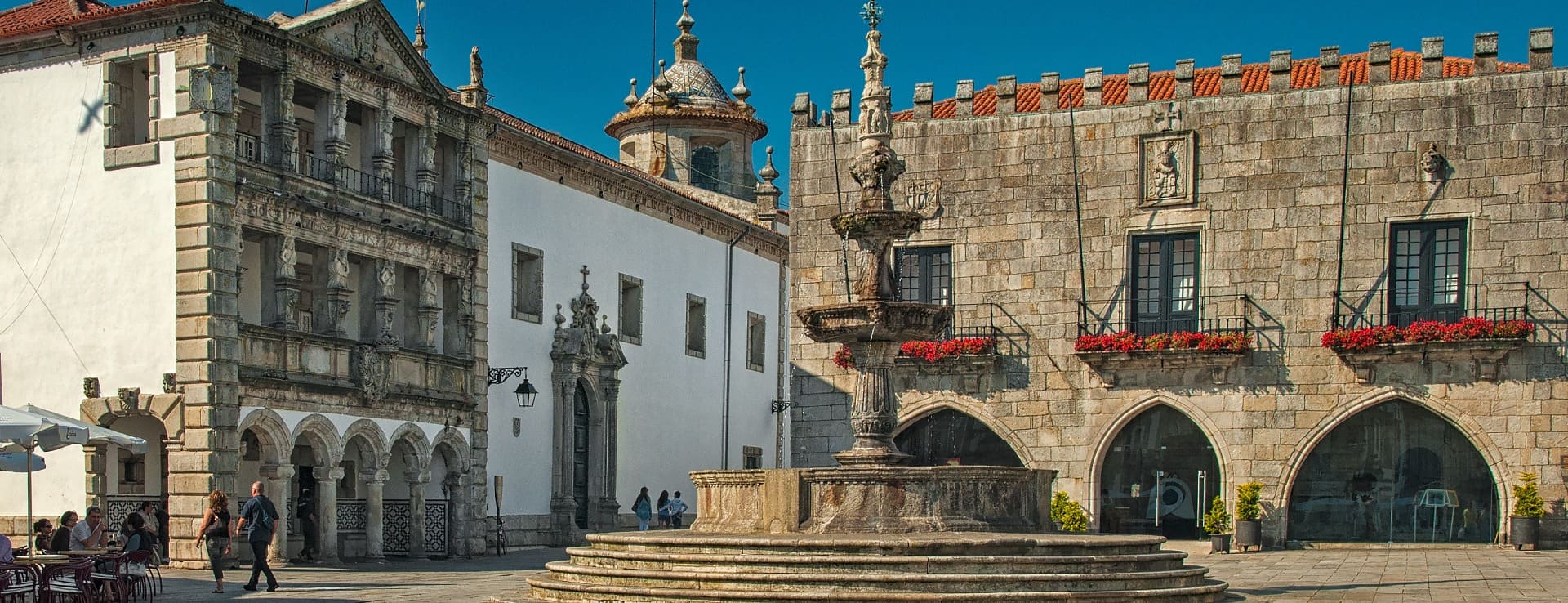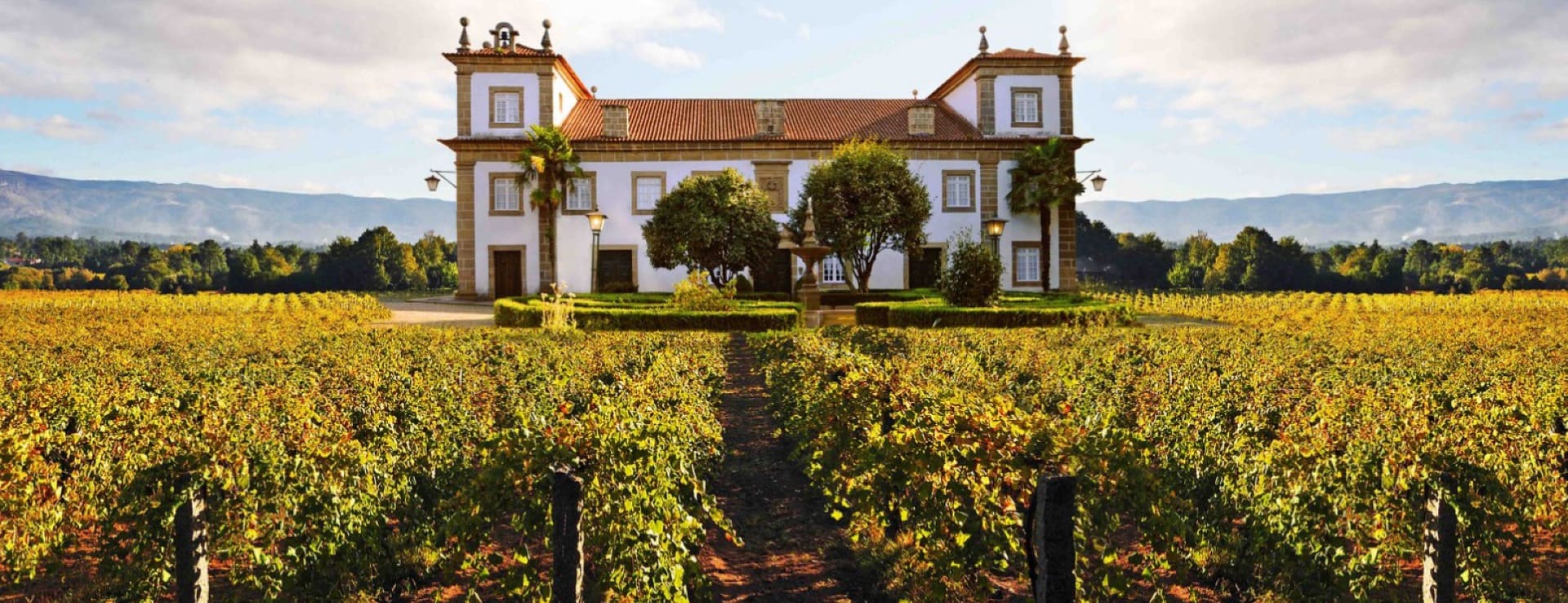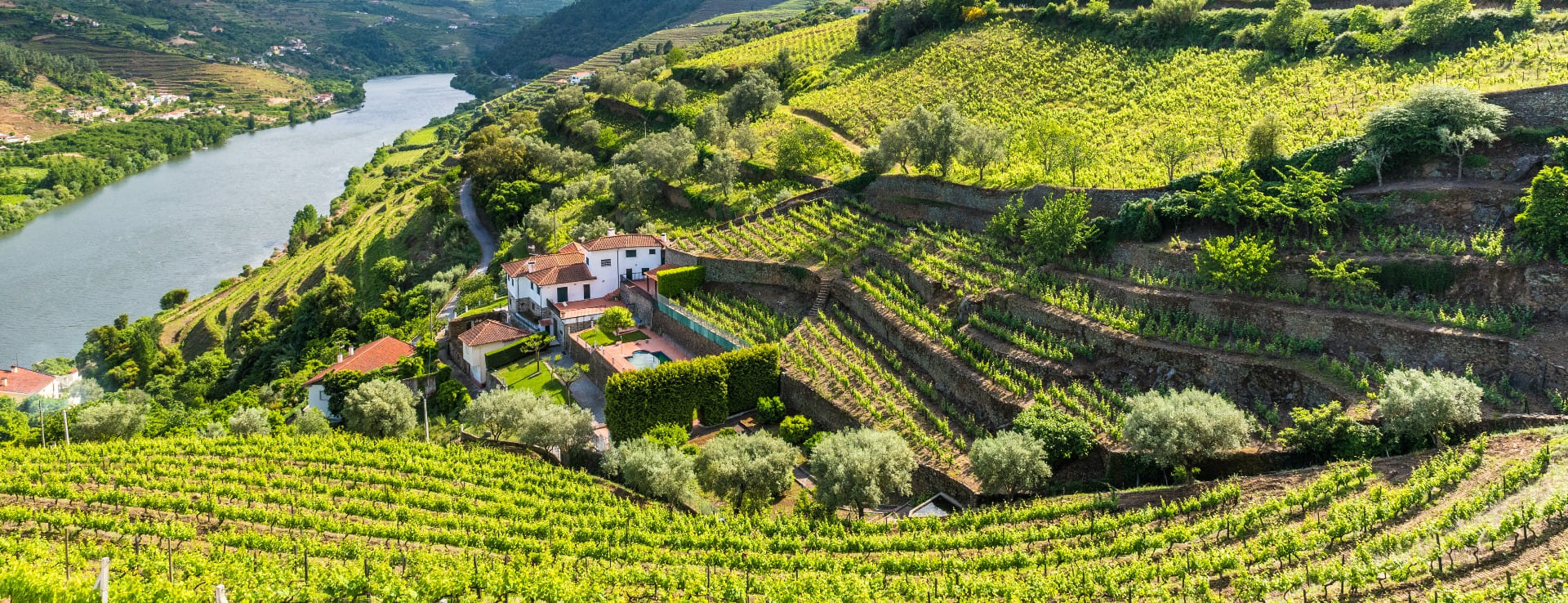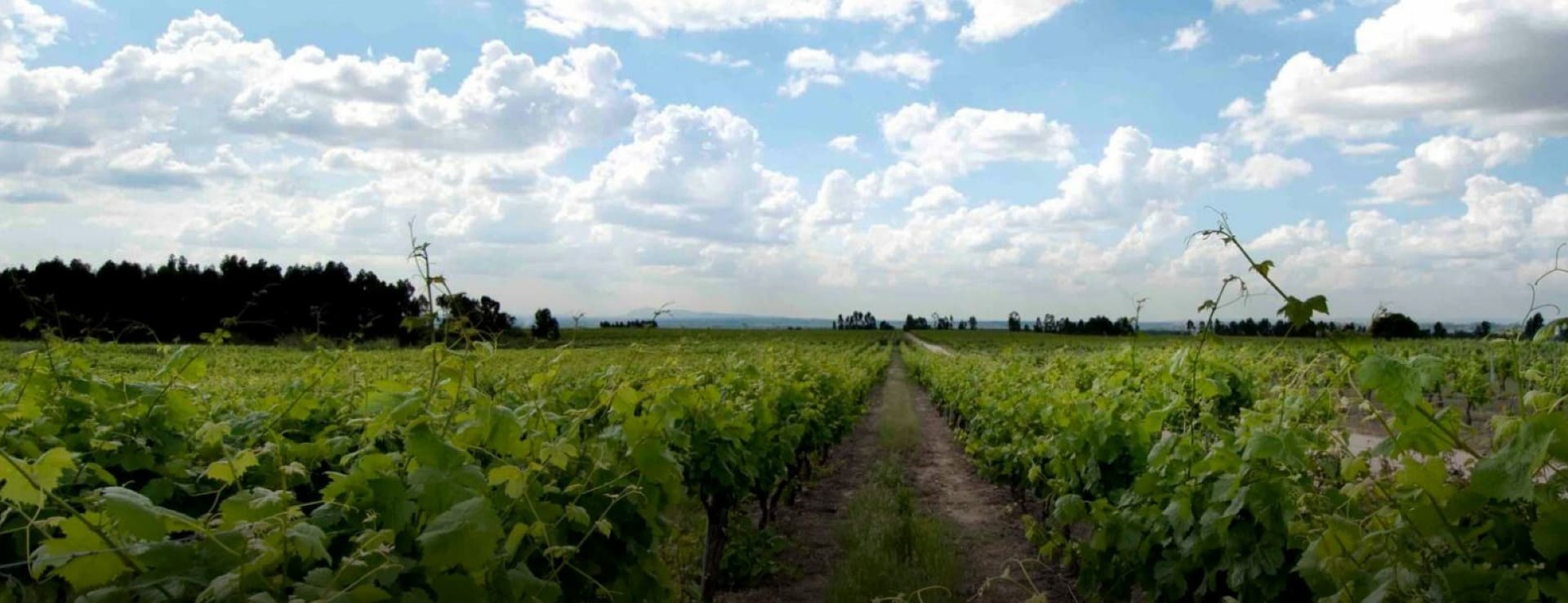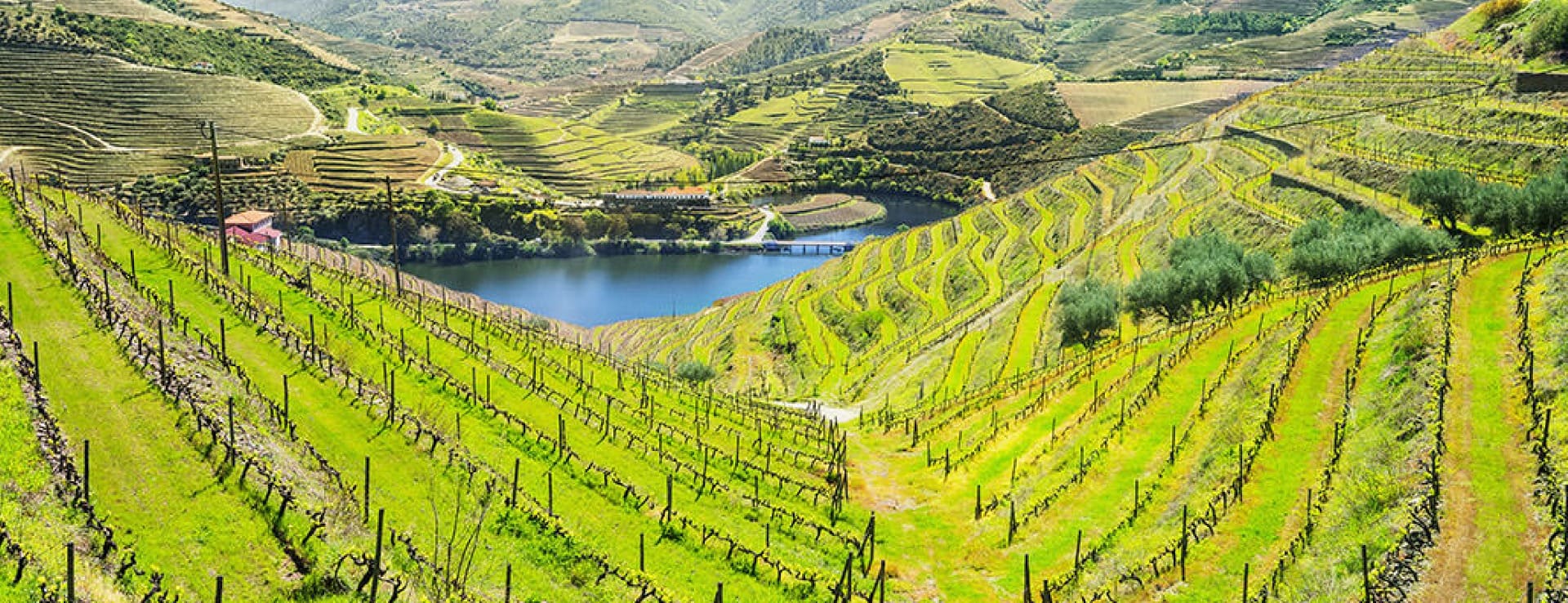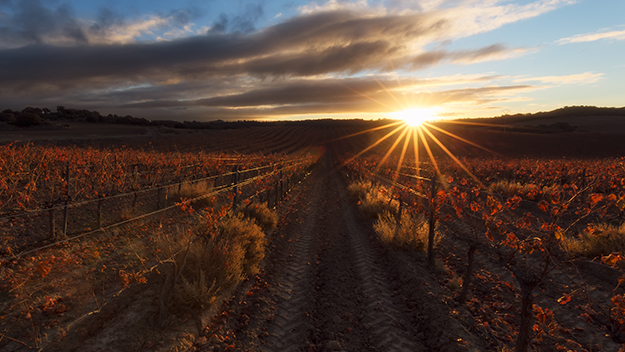Find your winery or vineyard
1 Wineries and Vineyards for sale in Viana do Castelo
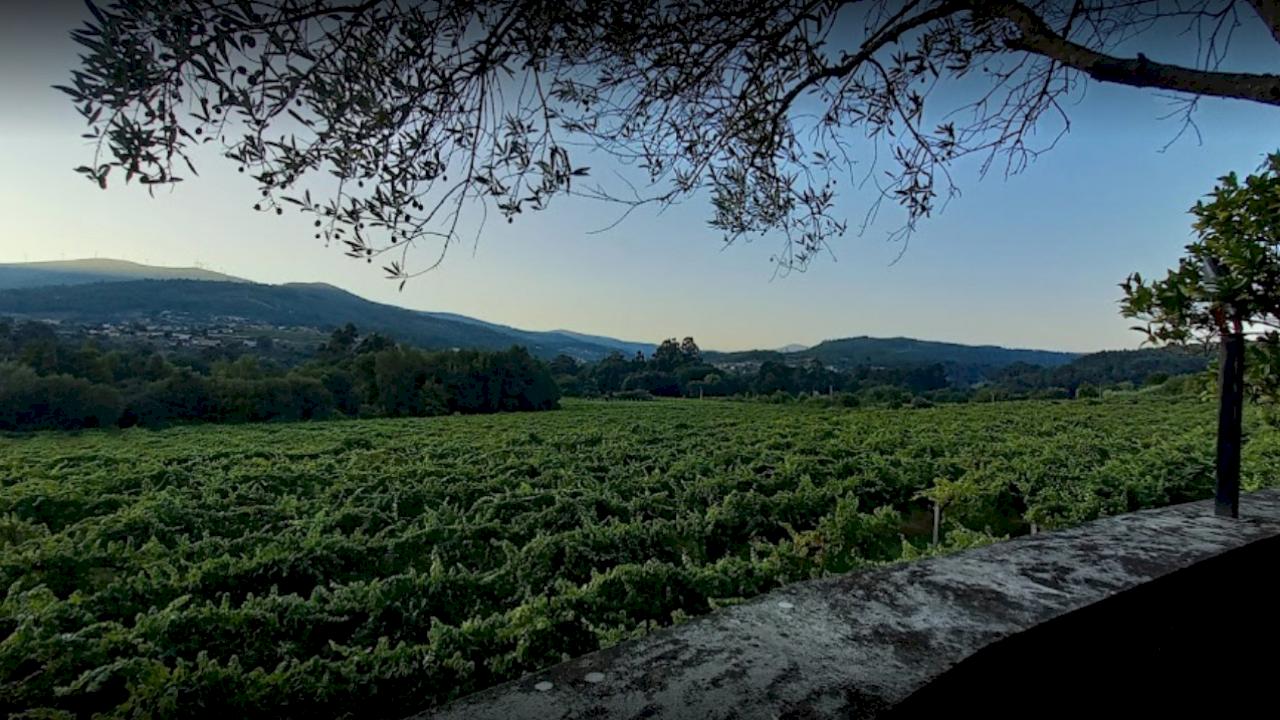
Hotel of 13 rooms and winery surrounded by Alvarinho vineyards.
Hotel winery in DOC Vinhos Verdes.
Infographic of the Denomination of Origin

Change to imperial units (ft2, ac, °F)Change to international units (m2, h, °C)
D.O. year of foundation:
1908
Number of wineries (2017):
56
Total surface area:
21.000 ha51.891 ac
Maximum production allowed:
23.500 kg/ha20.965 lb/ac
Altitude of the vineyards:
Min: 300m
Max: 700m
Min: 984ft
Max: 2.297ft
Temperature:
Min: 10º
Max: 22º
Min: 50°F
Max: 72°F
Yearly rainfall:
1.600 l/m2149 l/ft2
Viana do Castelo District
LOCATION
The Portuguese region of Vinho Verde includes a great part of the so-called Portuguese northwest and it is made up of 45 towns: all those from the Viana do Castelo, Braga and Porto, two of the Vila Real district (Mondim de Basto and Ribeira de Pena); two from Viseu (Cinfaes and Rezende) and three from the Aveiro district (Castelo de Paiva, Arouca e Vale de Cambra).
The region borders to the north with the Minho river, with the influence of the effects of the Galaico-Duriense massif. In the interior of the region, the Extremo, Arga (816m), Oural (712m) and Amarela (1361m) mountain ranges in the northern part are worth mentioning.
Topographically, the region is a kind of amphitheatre facing the Atlantic Ocean, with a very varied and pronounced relief and a very specific type of climate, with heavy rainfall, noticeable cloudiness, high atmospheric humidity and mild temperatures without great thermal variations.
Hydrographically, the region is very rich, with numerous minor waterways, five of the ten national rivers and their tributaries provide the freshness and green panorama of this area. The rivers of this area are: the Minho (tributary Coura), the Lima (tributary Vez).
Subregions
The DOC Vinho Verde is divided into nine official subregions based on different soils and grape varieties. The subregion of this province in Monçao-Melgaço.
Monçao-Melgaço comprises the two municipalities with the same name, this region is well-protected from the Atlantic Ocean and produces a good quality Alvarinho. The variety is such protected that it was prohibited to be planted in other regions of Vinho Verde. However, from 2020 it has been allowed to be planted in any area of the DOC. Even so, this area still takes its own dynamic towards the Alvarinho. There are two distinguishable styles, a stronger and aromatic one coming from the alluvial and rocky soils and the other one more reserved coming from granitic soils. The labels make no distinction but the Alvarinho from Melgaço tends to show a more vibrant acidity while Monçao produces softer, rounder wines.
POINTS OF INTEREST
Viana do Castelo, situated next to the sea, on the estuary of the Lima river, is one of the most beautiful coastal towns in the north of Portugal.
Its beaches, the Lima estuary, its alleys, Rococo style palaces and splendid festivities make this place an ineludible destination.
The Praça da República is the heart of the historic centre of Viana do Castelo. Surrounded by mansions and monuments as well as the Renaissance-period fountain known as Chafariz. On the outskirts are the casa de beneficencia Misericórdia, la Igreja de Misericórdia y los Antigos Paços do Concelho.
Known as the Sé, the Igreja Matriz, began to be built during the first half of the 15th century and became cathedral later in 1977. One of the most beautiful chapels in Viana do Castelo is the Capela das Malheiras, an example of the Portuguese baroque.
To the west of the city, looking to the sea, raises one of the first fortifications located in the estuary of the Lima river: the Castelo Santiago de Barra.
Santa Luzia mount, offers lovely views of the surrounding with the impressive Santa Luzia Basilica from 1904.
Cidade Velha, the citânia de Santa Luzia is one of the most famous archaeological sites of the Castro culture of the north of the Iberian Peninsula.
D.O./Valle (wine regions)
Discover more wineries and vineyards for sale in these wine regions in Portugal
Subscribe to our mailing list to receive news about wineries and vineyards.

